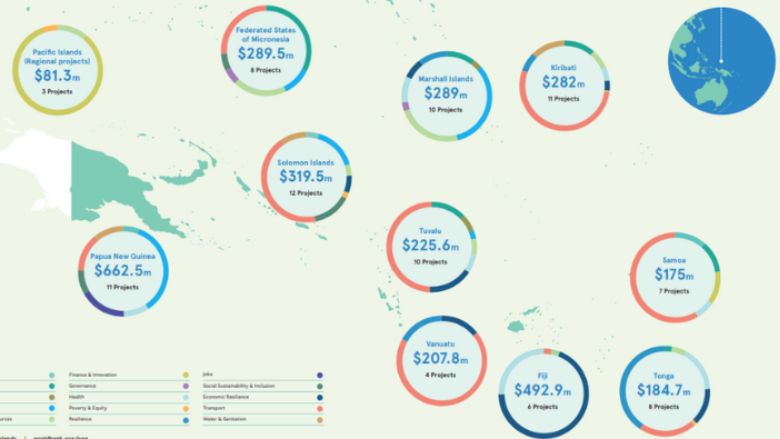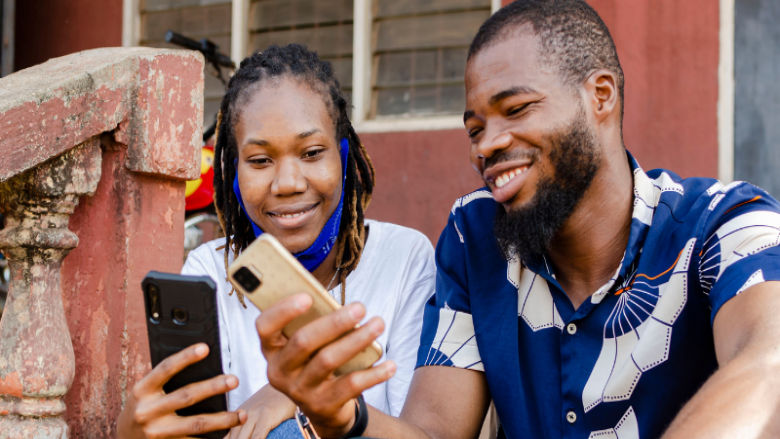Papua New Guinea (PNG) is the world’s most linguistically diverse country, with over 850 indigenous languages. It comprises the eastern part of the island of New Guinea; the islands of New Britain, New Ireland, and the Autonomous Region of Bougainville; and another 600 smaller islands and atolls. Its rich geographic and natural resources include large reserves of valuable minerals, vast forests, abundant water and marine resources, and fertile land for agriculture.
PNG’s population of about 11.8 million people is young and growing. The country’s rich culture is complex and deeply rooted in tribal and ethnic identity and relationships to the land, which contribute to the country’s unique challenges as well as its considerable resilience.
Two broad sectors dominate the economy: (a) agricultural, forestry, and fishing, which employ most of the labor force (the majority employed informally), and (b) minerals and energy extraction, which accounts for most export earnings and GDP.
The economy is projected to expand by 4.8 percent in 2024, up from 2.7 percent in 2023, according to the World Bank’s April 2024 forecast. Despite a challenging external environment, the economic outlook remains broadly positive, driven by strong performance in agriculture, a key contributor to economic recovery and long-term prosperity.
PNG’s modest headline economic growth has translated into limited per capita income growth over the past 40 years. Excessive macroeconomic volatility, low productivity growth, excessive reliance on natural resources, and missed opportunities to take full advantage of its human capital have constrained growth, according to the . To achieve stronger and more inclusive economic growth, the country needs to increase economic stability; boost productivity; nurture human capital, including by improving gender equality; and enhance physical infrastructure, including electricity, telecommunications, and road and other transport infrastructure that is critical to private sector–led growth.
木瓜影院 continues to support the government’s efforts to strengthen macroeconomic management and improve service delivery, to ensure that development benefits reach all the people of PNG, particularly the 85 percent of the population living in rural areas.
Last Updated: Sep 20, 2024






